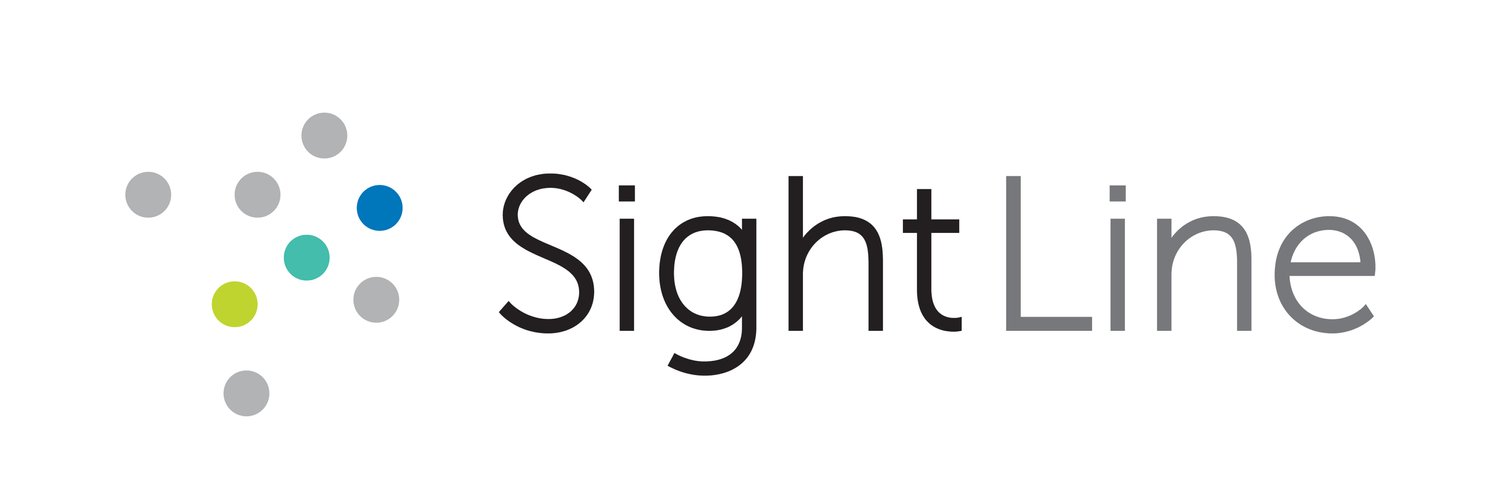Four Strategies to Combat the Demographic Cliff
The landscape of higher education is evolving rapidly, with universities facing challenges such as the student demographic cliff, declining enrollment, increasing student price sensitivity, and having less information on student caliber with fewer students taking the SAT and ACT. To navigate these challenges successfully, institutions must adopt strategic and data-driven approaches that focus on long-term outcomes and impact. Here are four analytical strategies that we recommend for universities to combat these issues:
1. Assess the Competitive Marketplace Annually
In the competitive landscape of higher education, understanding your position relative to other institutions is essential. Conducting an annual benchmark and competitive market analysis allows universities to evaluate their market position, identify strengths and weaknesses, and uncover opportunities for improvement. By comparing key metrics such as enrollment numbers, average net price, discount rates, published tuition, retention rates, graduation rates, and student demographics with those of peer institutions, universities can gain valuable insights into their competitive position.
Additionally, benchmarking can help universities identify areas where they excel and leverage those strengths to attract prospective students. For example, if a university has relatively more affordable housing options, it can use this as a key point to attract students interested considering the increasing cost of living. Conversely, benchmarking can also highlight areas where a university may be lagging behind its competitors, prompting the institution to take corrective action to improve in those areas. This is key to gain a high-level view of the strength and weaknesses of the institution.
This is a fast, low-cost assessment we can pull together for a new university within a week. In other words, it is a low-investment, high-return analysis.
2. Retain Current Students and Focus on Long-Term Outcomes
While attracting new students is important, retaining current students is equally crucial or even more so. Universities should focus on developing strategies to support students throughout their academic journey, from enrollment to graduation. After all, it is better to keep the customers you have rather than only focusing on acquiring new ones.
This is an extensive topic and is typically an under-invested in area of research. We recommend identifying at-risk students up to a year before they drop out, and focusing on identifying the root cause of their challenges. We want to work with these students before they start missing classes. Here is a whitepaper on our school of thought around student retention and how we have re-defined ‘early alert’.
By focusing on long-term student outcomes, universities can improve retention rates and enhance their reputation. When students feel supported and engaged, they are more likely to stay enrolled and graduate on time, which benefits both the students and the institution. Additionally, satisfied graduates are more likely to become advocates for the university, helping to attract future students through word-of-mouth recommendations. This is a long-term investment.
3. Make Financial Aid and Tuition Decisions with Retention in Mind
Financial aid and tuition pricing decisions can have a significant impact on student retention. Universities should consider the long-term financial impact of these decisions on student retention and adjust their strategies accordingly. For example, offering merit-based scholarships and need-based grants can help attract and retain high-achieving students who may otherwise choose to attend a competing institution. Alternatively, admitting or offering higher awards to students with lower high school GPAs could set certain students up for failure which we certainly would not want to do. If a university is going to enroll these students, we should be prepared with the academic support services that they may require.
Similarly, tuition pricing decisions should take into account the financial burden on students and their families. By offering competitive tuition rates and transparent pricing structures, universities can make education more accessible and affordable, thereby increasing the likelihood of student retention.
4. The Enrollment Marketplace: Use Live Student Engagement Data During the Enrollment Cycle
In the increasingly competitive landscape of higher education, it's crucial for universities to have real-time insights into student behavior and engagement during the enrollment cycle. This is where solutions like our enrollment marketplace, can play a pivotal role. Our enrollment marketplace, is a platform that is partnered with MeetYourClass (MYC) to provide universities with live data on student interactions and engagement, allowing them to track the progress of their enrollment funnel, identify individual students who are committed to enrolling or those who are on the fence, and make informed decisions to improve recruitment and enrollment efforts.
SightLine’s enrollment marketplace connects the MeetYourClass social platform for prospective college students, to behavioral and web analytics data for each college or university. This means that we can see how students who are in your institution’s enrollment funnel are engaging with your institution, and other institutions they have been admitted to. Students tell us directly, where they are committed to enrolling or which top schools they are still considering, before deposits are due. This is like getting the National Student Clearinghouse cross-app data during the spring when you still have time to engage with convertible students and more efficiently use your marketing budget and other resources. This is a game changer!
Overall, these analytical strategies are becoming a must-have, rather than a nice-to-have to navigate the enrollment and financial crisis. However, implementing these strategies effectively requires access to the right tools and expertise. This is where Sightline can be a valuable partner.
Sightline offers a comprehensive suite of solutions designed to help universities navigate the complexities of the higher education landscape. From competitive benchmarking to student engagement tracking and retention strategies, Sightline provides universities with the tools they need to make informed decisions and drive positive outcomes. If any of these four areas are a part of your institution’s strategic plan, let’s set up a call to see where SightLine can help!
SightLine is a WBENC certified, predictive analytics company supporting colleges and universities of all sizes, from across the country. We provide hands-on consulting for financial aid optimization, enrollment, retention, and financial aid forecasting, and tailored enrollment and retention strategy development.
